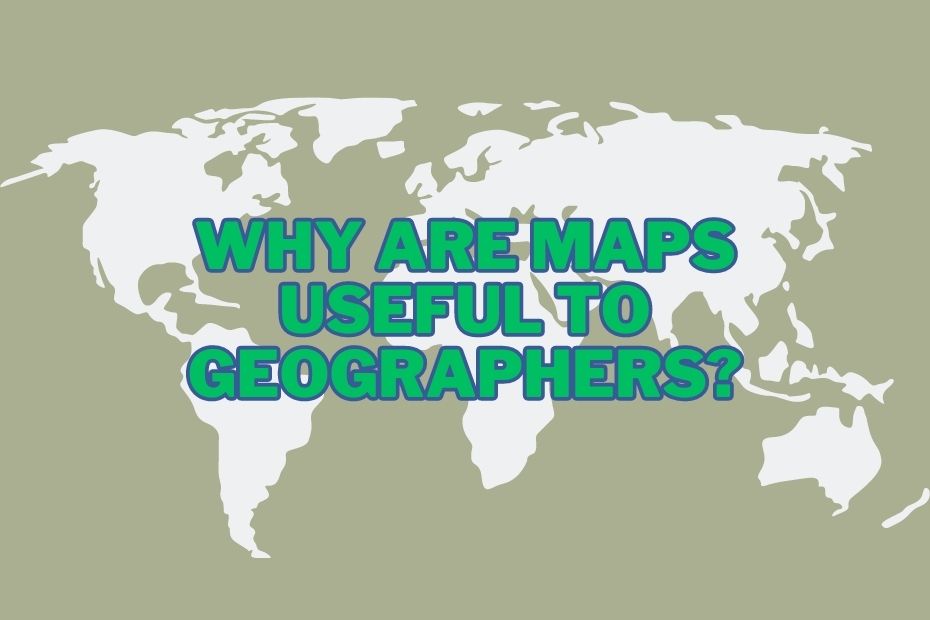In the field of geography, maps have always been an essential tool for researchers and professionals. They offer a visual representation of the world that helps geographers analyze and understand the spatial relationships between various phenomena. Whether it’s studying the environment, analyzing cultural geography, or urban planning, maps provide a way to visualize and interpret data that might otherwise be challenging to understand.
In this article, we will explore why are maps useful to geographers and how they have become an invaluable tool for analyzing and understanding the world around us.
Geographers use maps as a tool to analyze and understand these relationships. Maps provide geographers with a visual representation of the world that allows them to see patterns and relationships that may not be apparent in other forms of data.
Why Are Maps Useful To Geographers?
Maps are an integral part of geography and have been used for centuries to represent physical features, spatial data, and patterns. Maps provide a visual representation of the world that is easy to understand and interpret.
#1. Maps as a Tool for Spatial Analysis
Maps are an essential tool for spatial analysis. They represent physical features such as mountains, rivers, and coastlines, and present them in a way that is easy to understand. Spatial data, such as population density, can also be represented on maps, allowing for the visualization of patterns and trends. Maps can identify areas of high and low population density, and they can also be used to track changes in the landscape over time.
#2. Maps as a Means of Communication
Maps are an excellent means of communication as they convey information to a wide audience. Maps are a visually appealing way of presenting complex data, and they can be easily shared and understood by people of various backgrounds. Maps also help standardize geographical information and facilitate collaboration and knowledge sharing.
#3. Maps as a Source of Historical Information
Maps provide valuable historical information about a particular area. They record changes in geographical features, such as the construction of new buildings or the demolition of landmarks. Maps can also trace the evolution of human settlements and the spread of disease. Additionally, maps can document geopolitical events such as wars, boundary changes, and political movements.
#4. Maps as a Tool for Decision-Making
Maps are useful in decision-making as they allow for the planning and management of resources. Maps identify areas that are vulnerable to natural disasters such as flooding and help identify areas that require conservation. They also support policy-making and governance by providing policymakers with the necessary information to make informed decisions.
#5. Maps and Data Visualization
Maps are an effective tool for visualizing data. They can be used to represent data in a way that is easy to understand and interpret. For example, a map can show the distribution of a particular species of plant or animal, making it easier for geographers to understand where the species is most abundant and where it is scarce.
Conclusion
Maps are an invaluable tool for geographers. They provide a visual representation of the world that allows researchers and professionals to analyze and understand spatial relationships between various phenomena. Maps have numerous applications in geography, from studying the environment and cultural geography to urban planning and technology. Their versatility and usefulness ensure that maps will continue to be an essential tool for geographers for years to come.
As we move forward into the future, maps will be required to handle more complex data and present it in a way that is easily digestible. However, their importance will still be maintained. Maps will still be vital for solving real-world problems, understanding the world and the people in it.
FAQs: Why Are Maps Useful To Geographers?
How do geographers use maps in research?
Geographers use maps to analyze spatial relationships, visualize data, and understand cultural and environmental phenomena.
How have maps evolved over time?
Maps have evolved from simple sketches to intricate digital models, incorporating new technologies and techniques along the way.
